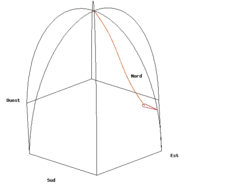geostacionarni satelit -

Načrt (Deutsches Museum - München ) muzeja v slovenščini - neverjetno pozitivno presenečenje.
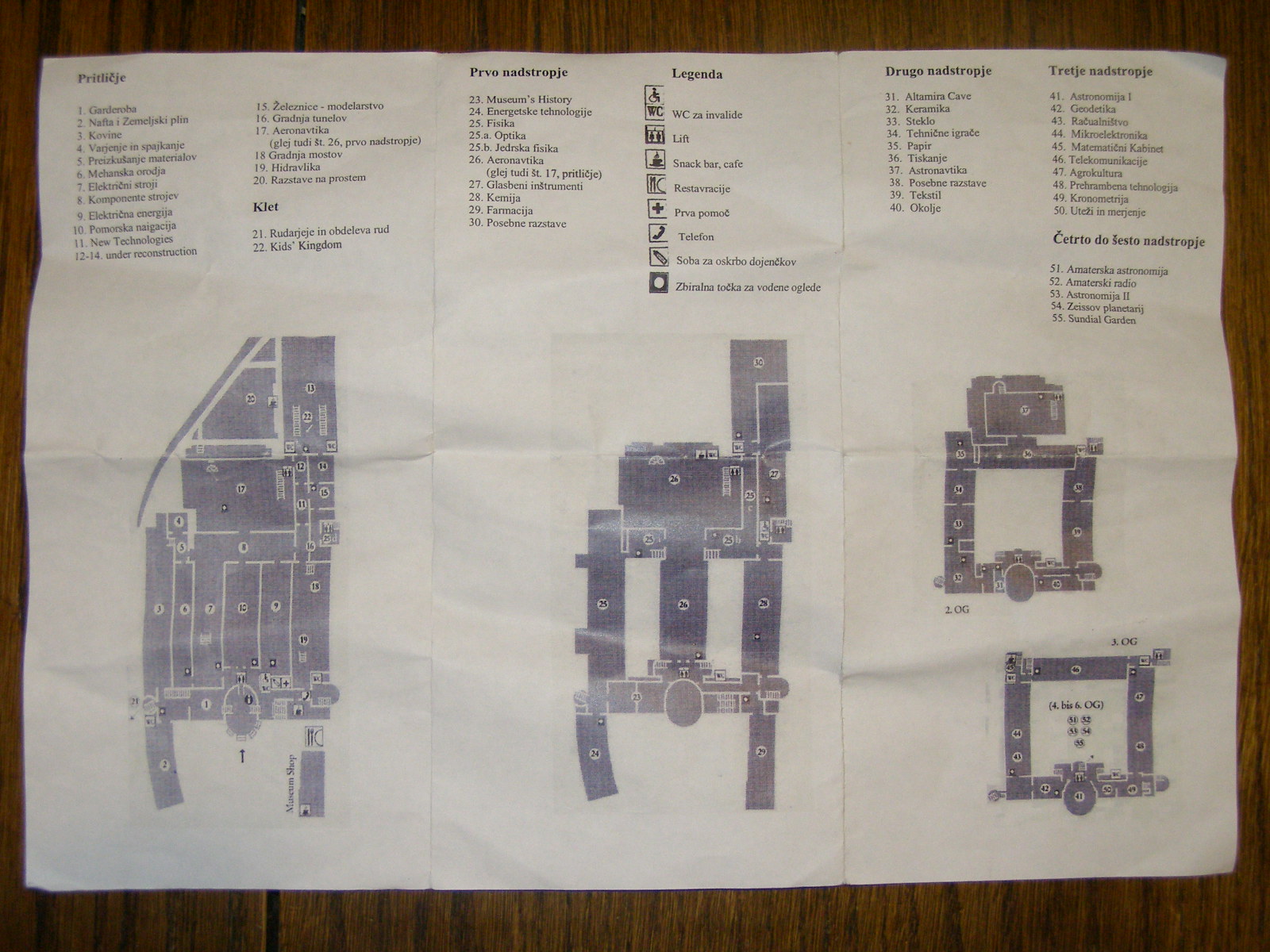
Načrt muzeja v slovenščini - neverjetno pozitivno presenečenje.
Kaj takega se še ni zgodilo v zgodovini Slovencev.
Kamor koli greš (London, Dunaj, Zagreb, Beograd, Pariz, ... nikjer ni
prospektov v slovenščini ... )
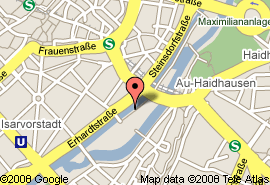
Deutsches Museum - München
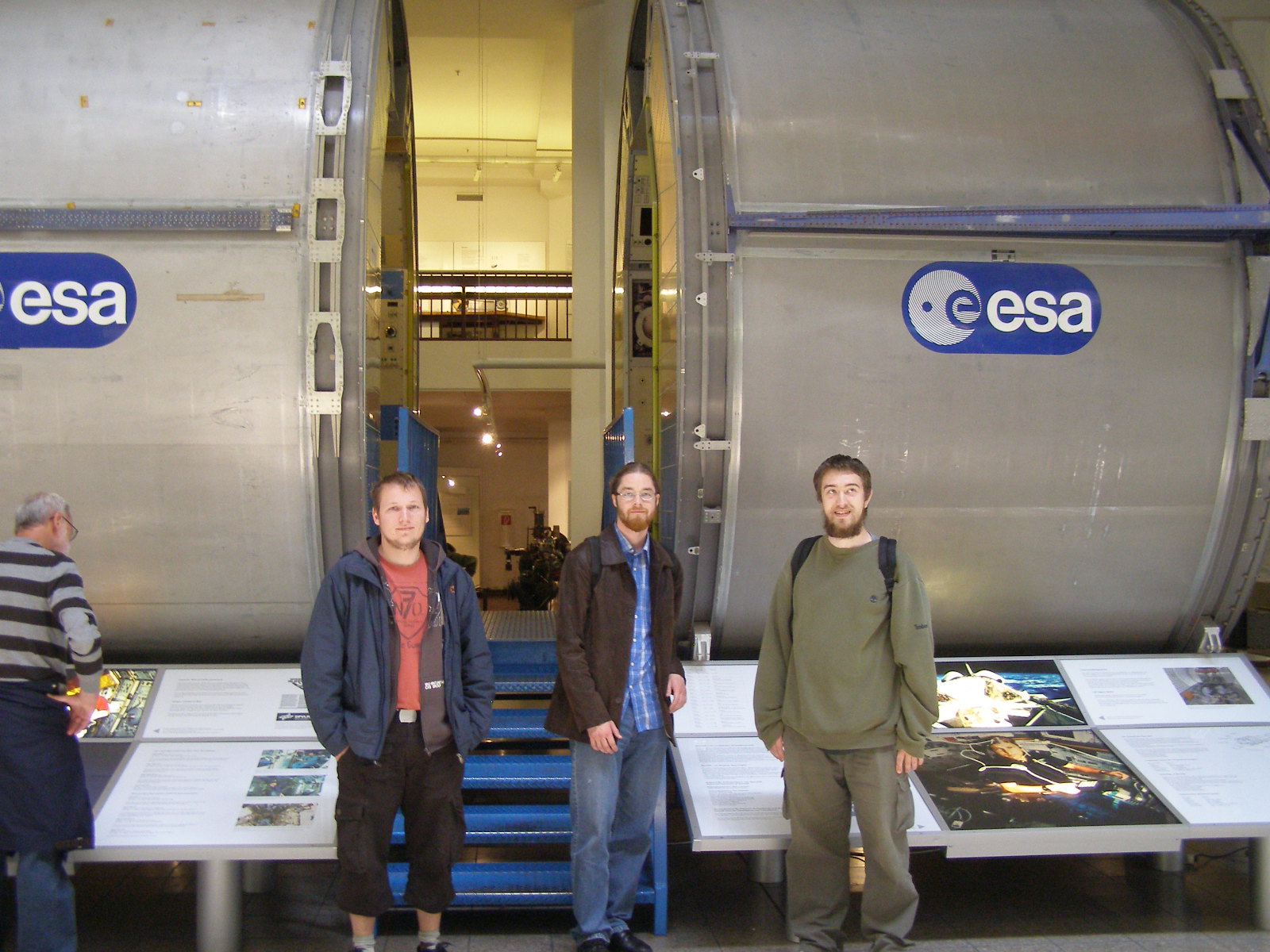
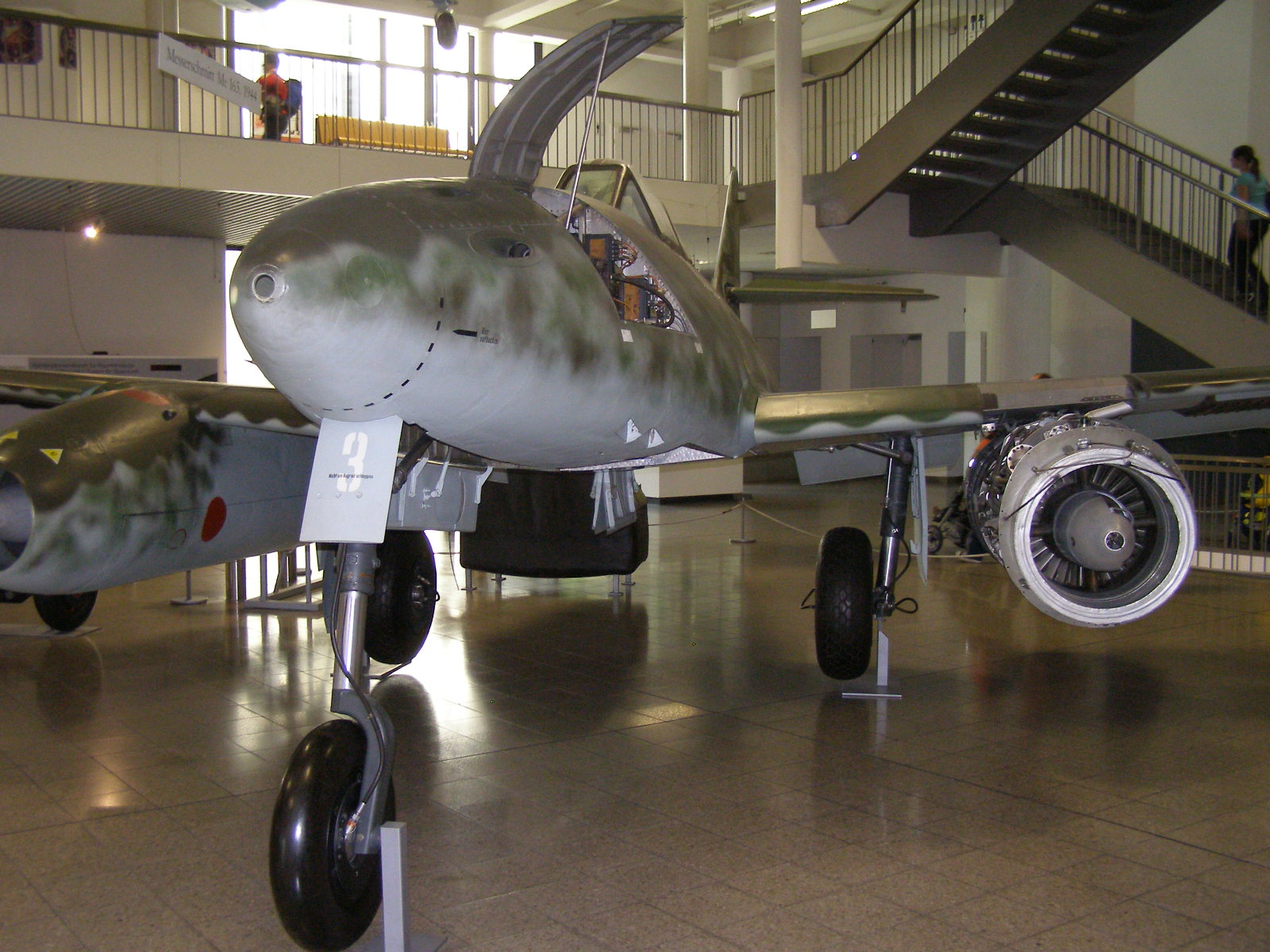

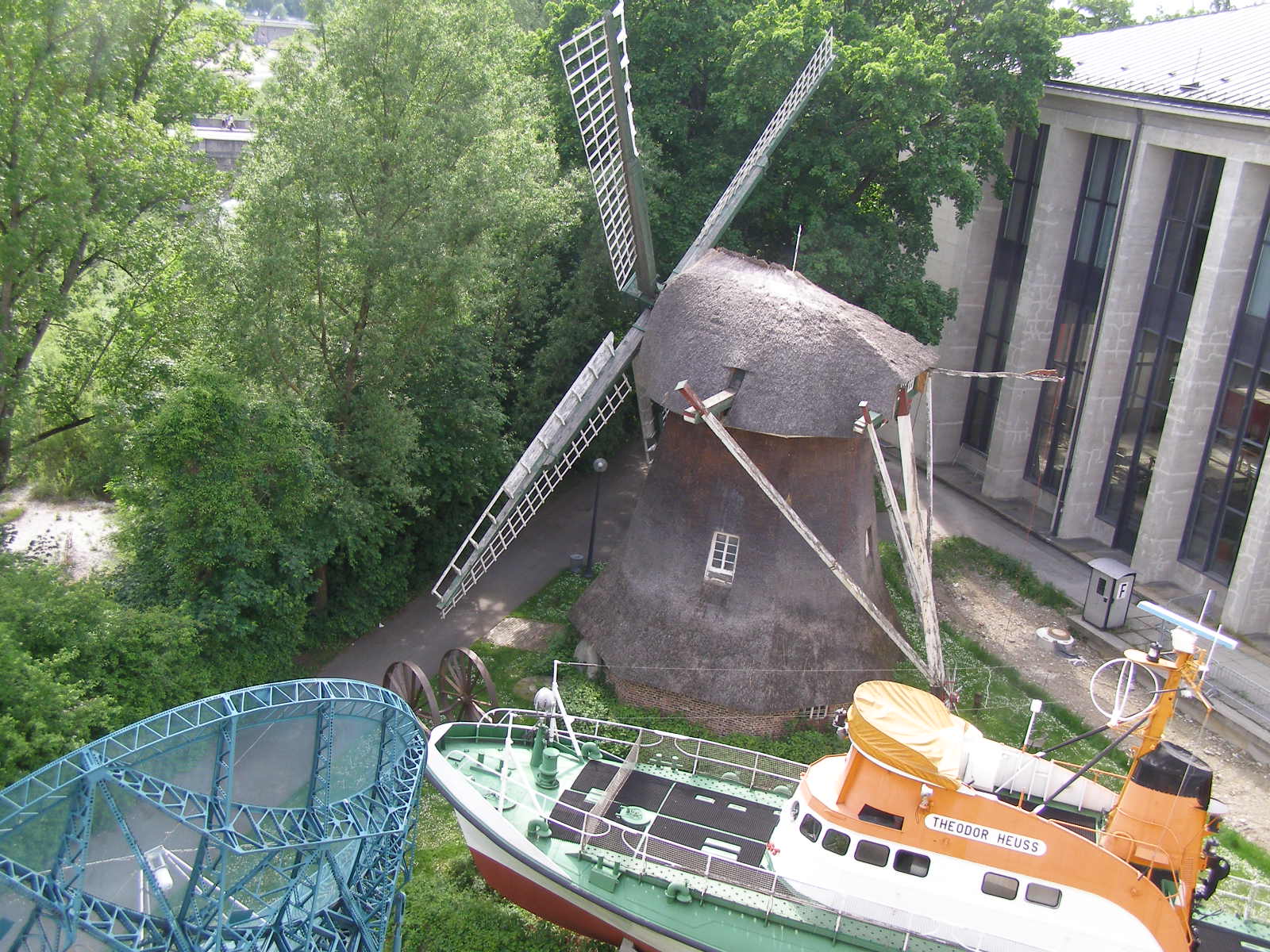

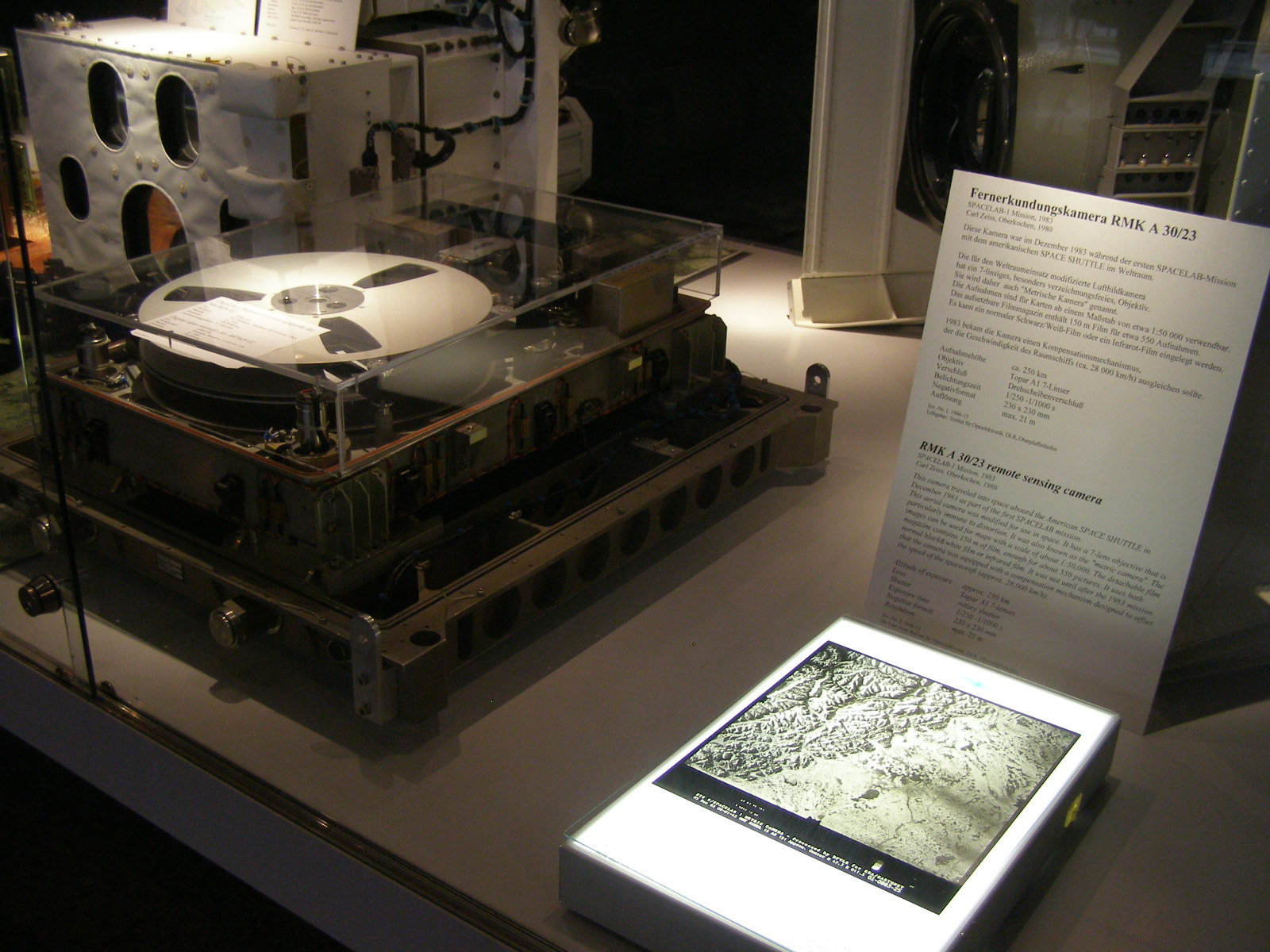



Merjenje moči
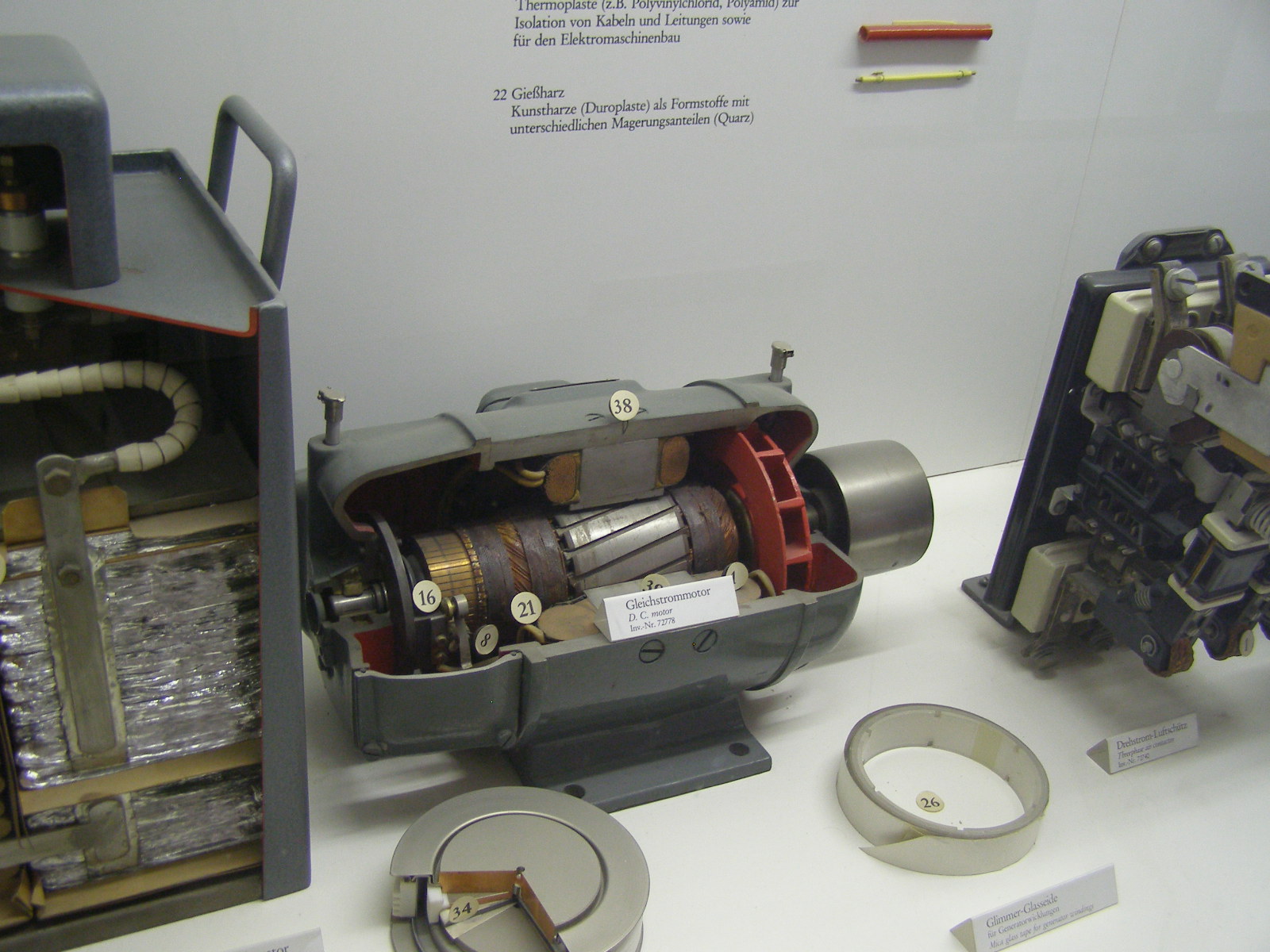
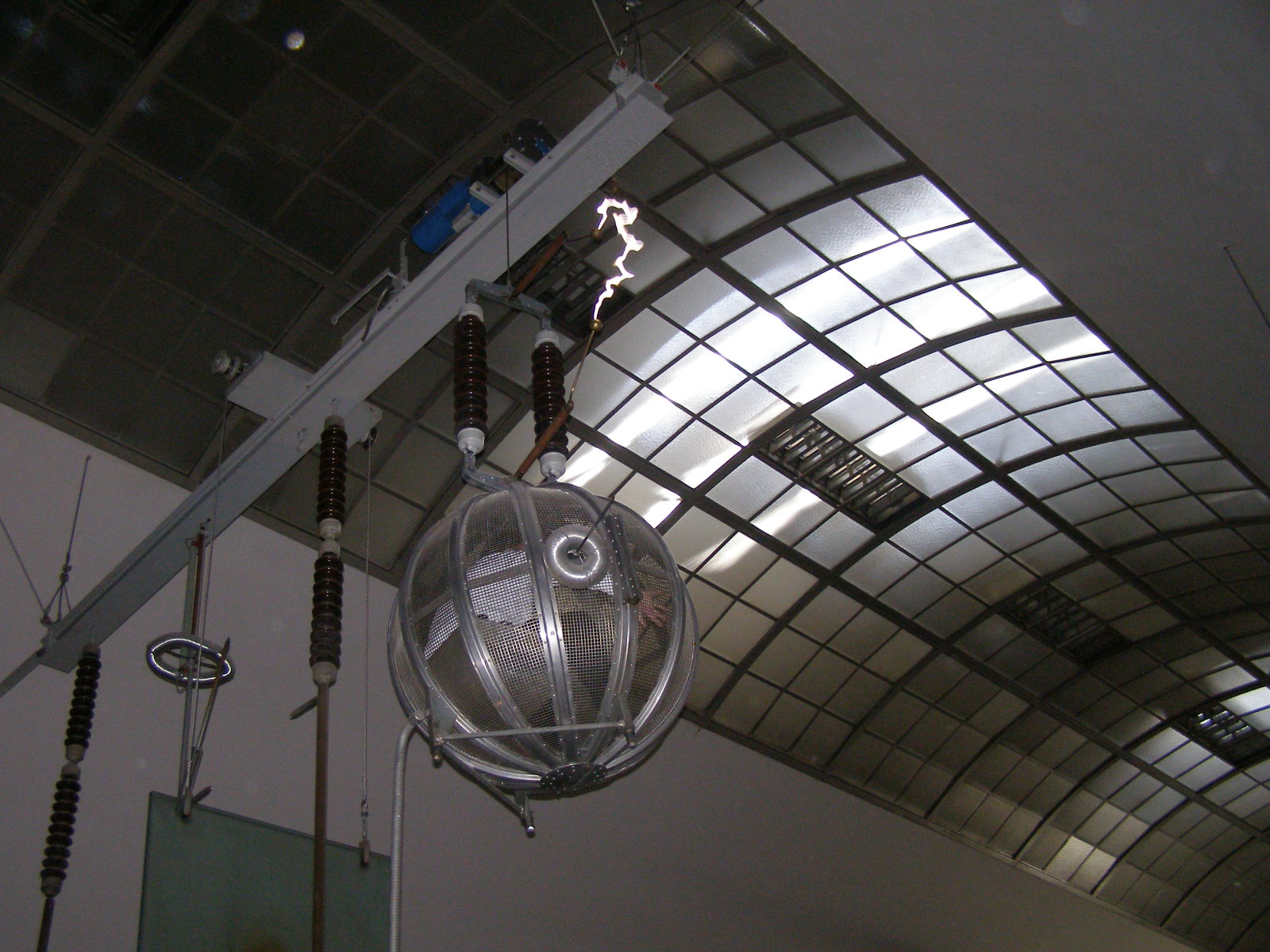


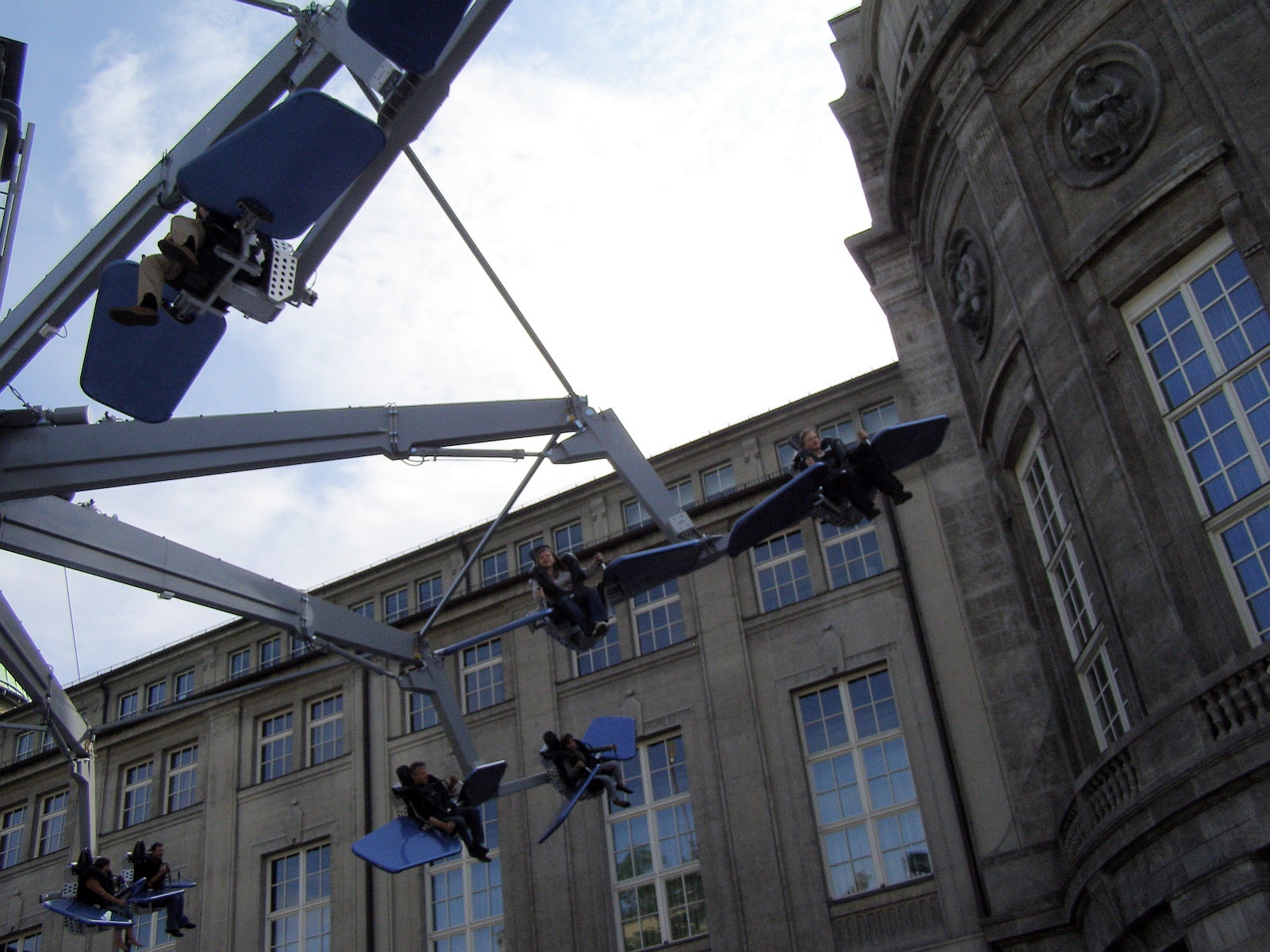
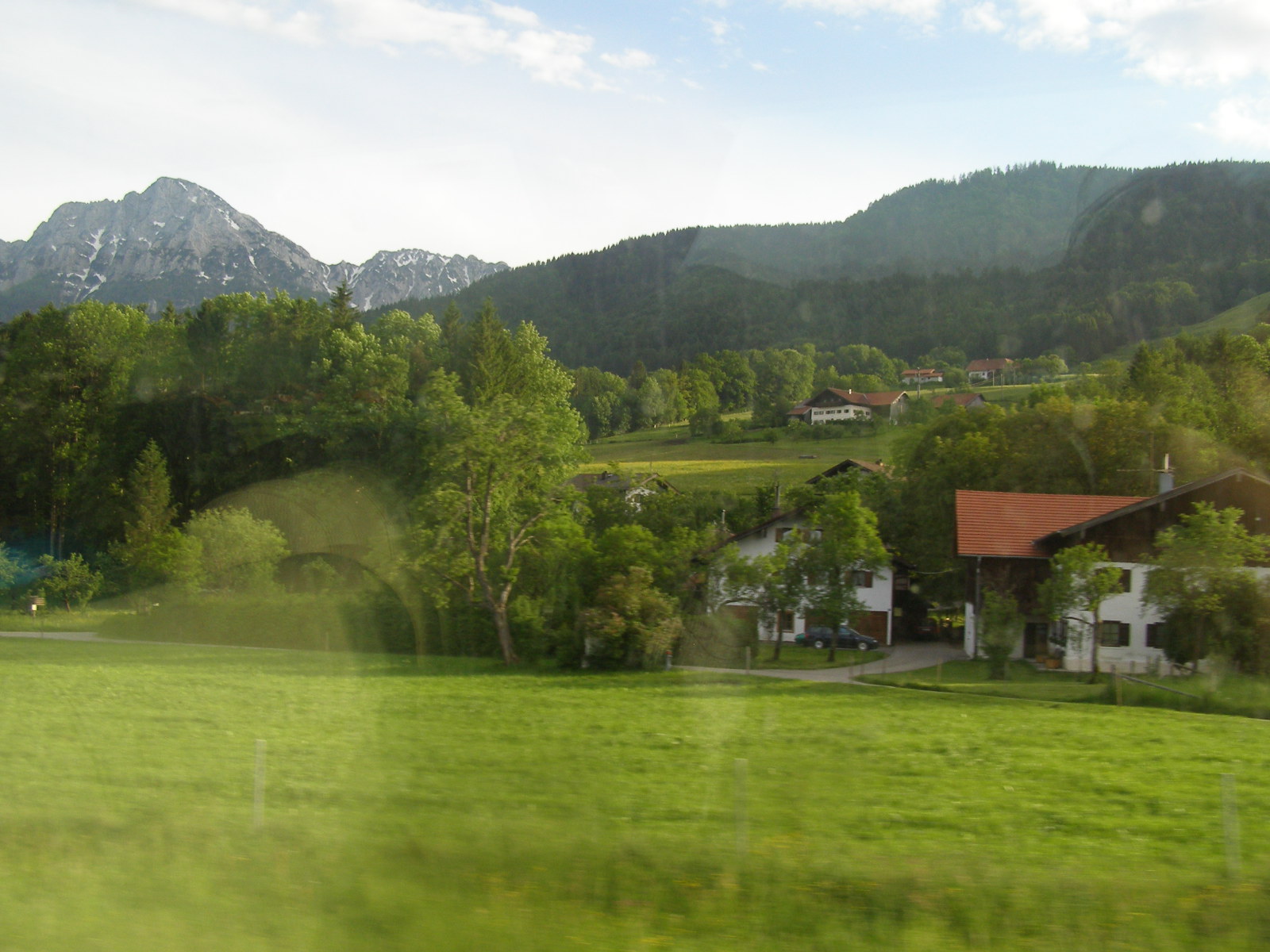
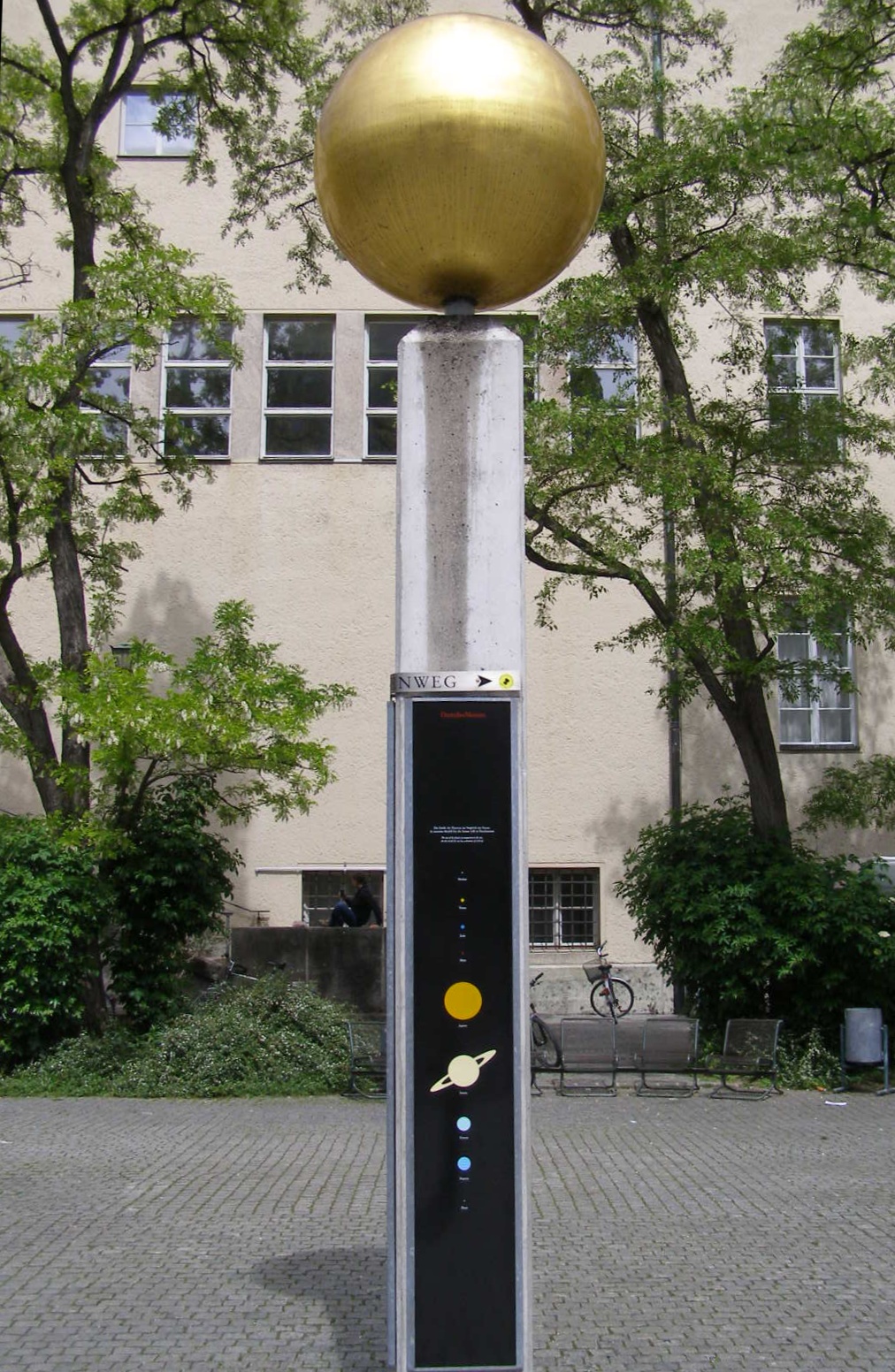
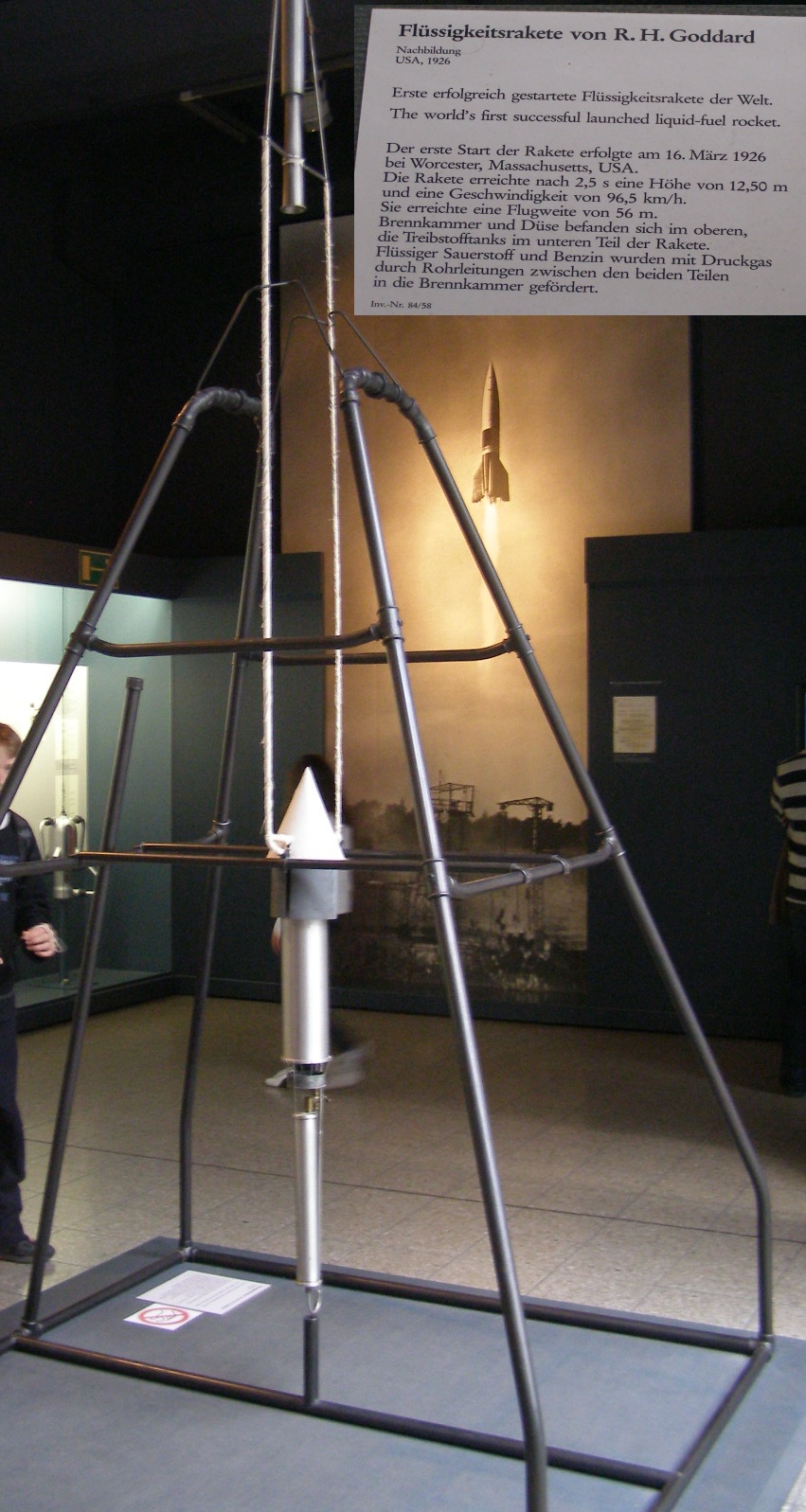

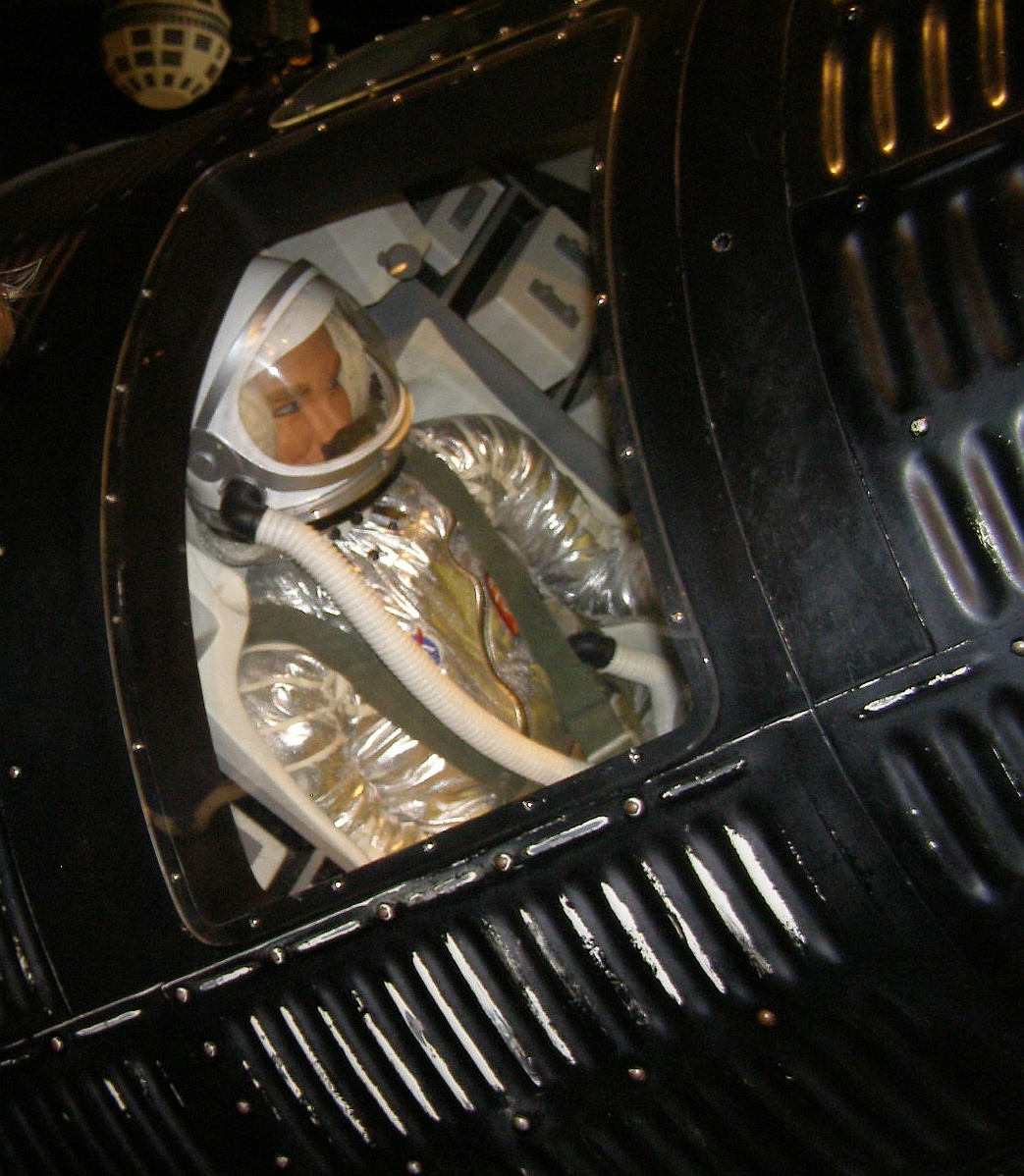

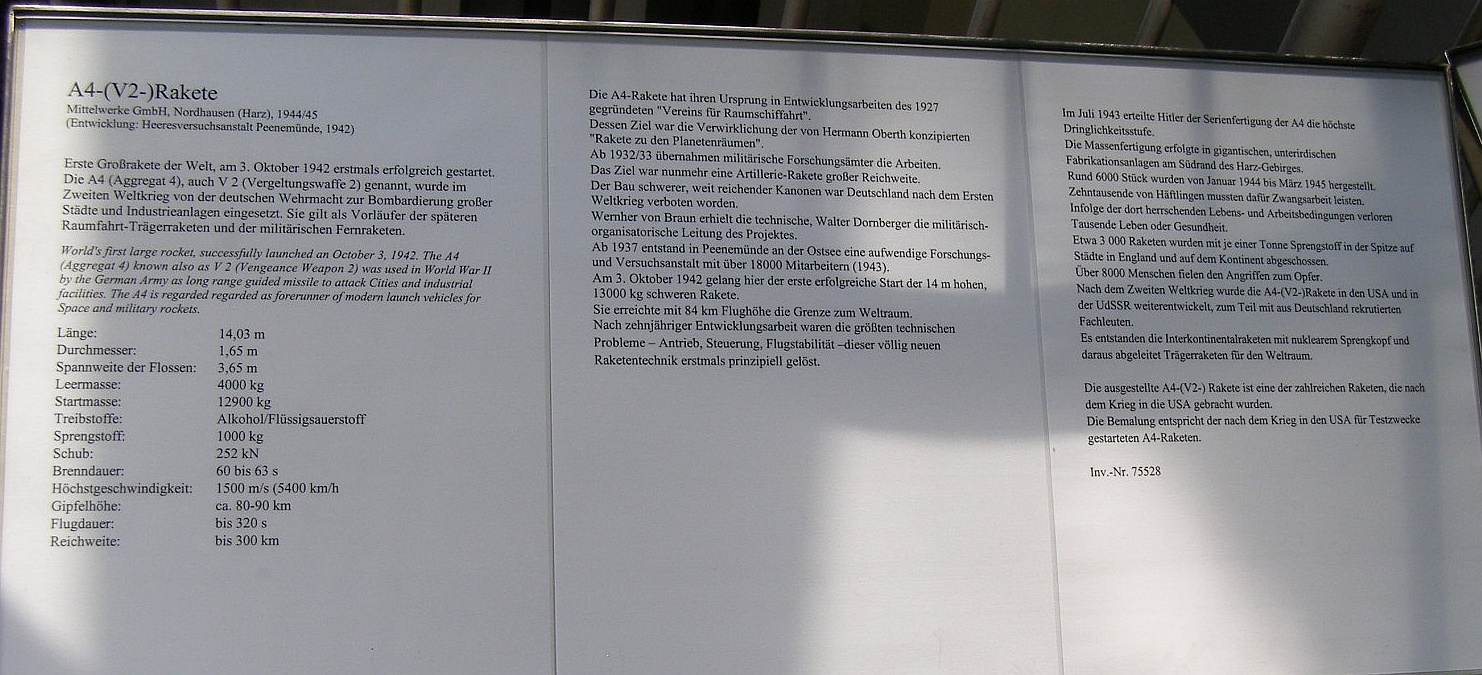
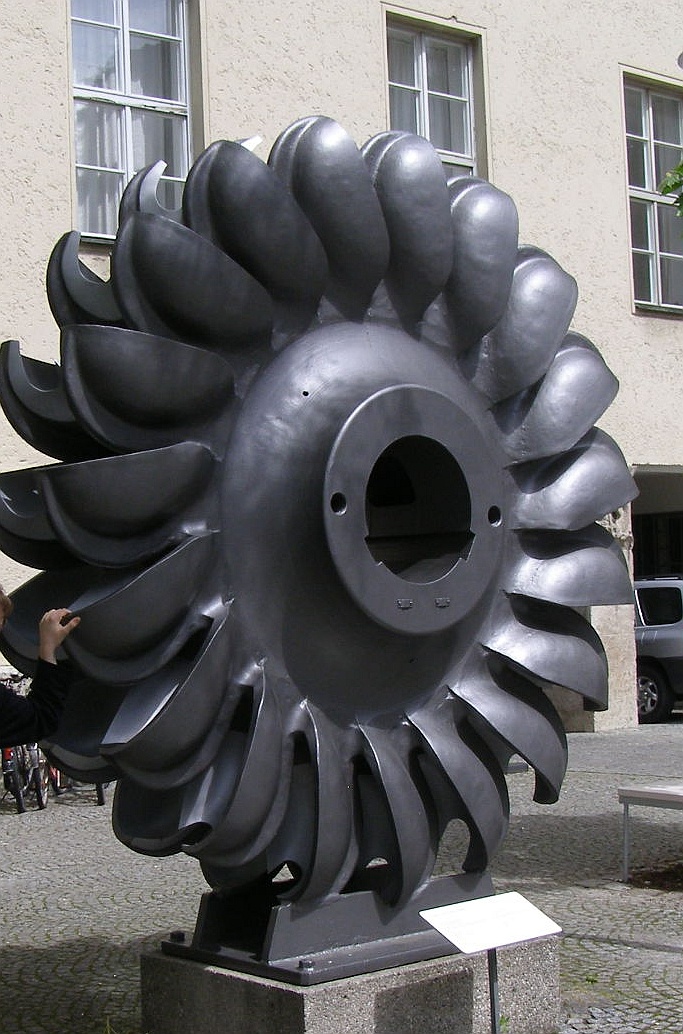
Namakanje
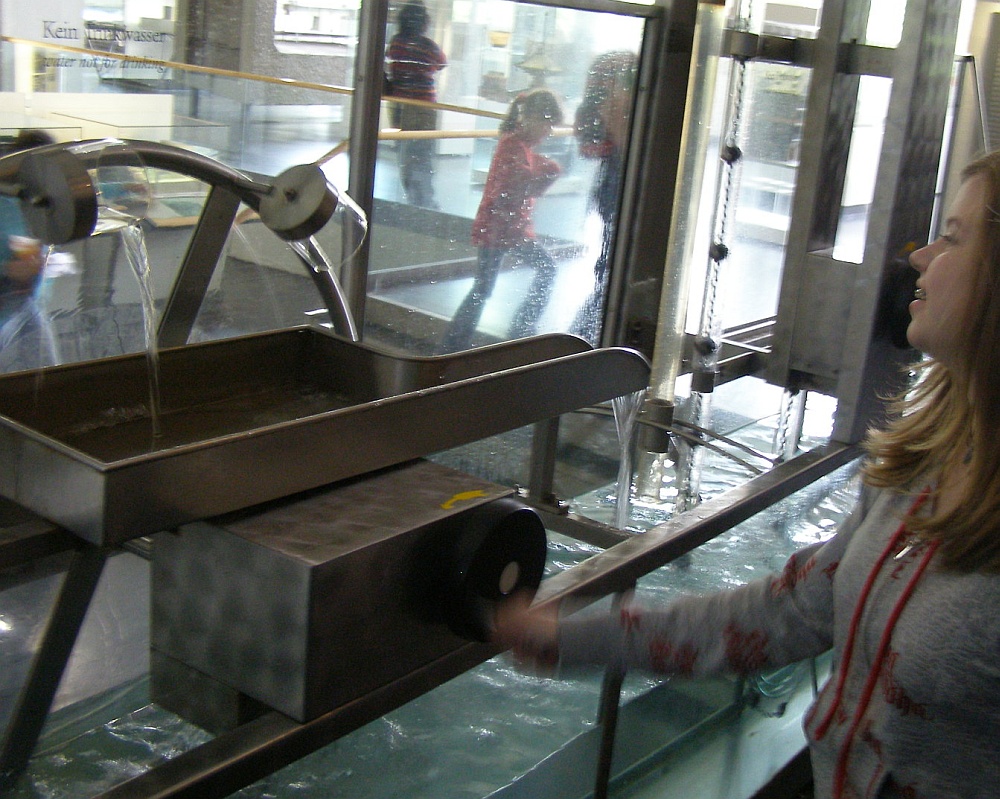

Arhimedov vijak
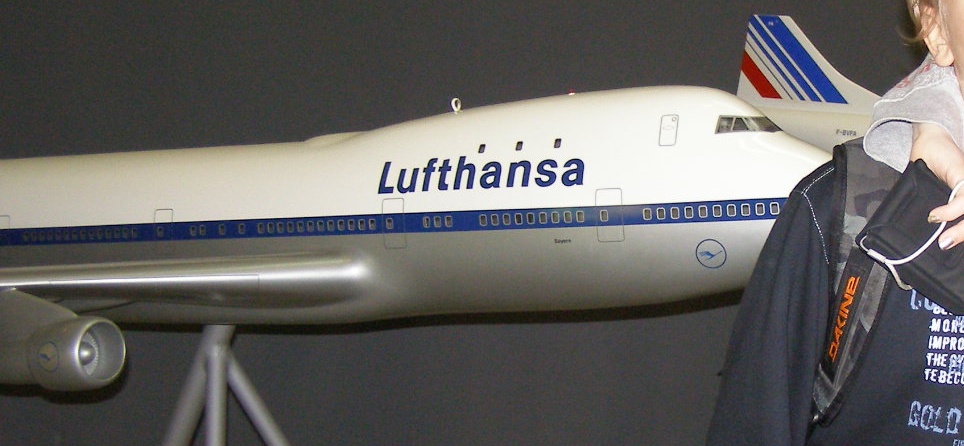
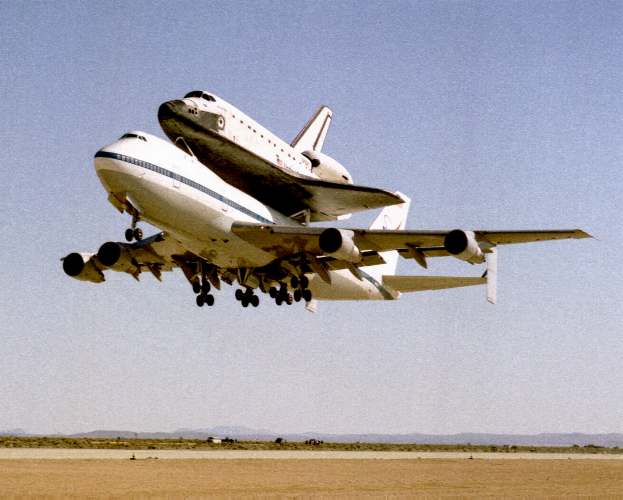
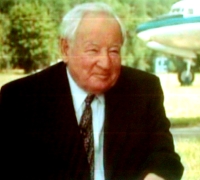
Joseph Sutter-oče Jumbo jeta.
Tudi Slovenci v ZDA so pomagali pri konstrukciji Boeinga 747.
Še beseda o Josephu Sutterju iz:
http://cr4.globalspec.com/blogentry/1724/Joseph-Sutter-Father-of-the-Boeing-747
Joseph Sutter, Father of the Boeing 747
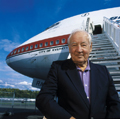
Joseph Sutter
is an aeronautical engineer who is often referred to as the father of
the Boeing 747. He invented the concept of the wide-body airplane and
played an important role in the development of three generations of
commercial aircraft. A member of the National Academy of Engineering,
he won the United States Medal of Technology and served on the
Presidential Commission on the Space Shuttle Challenger Accident. He is
also the recipient of the Wright Brothers Memorial Trophy and the
American Institute of Aeronautics and Astronautics Award.
Joseph Sutter was born in Seattle, Washington on March 21, 1921. The
son of a Slovenian immigrant, he grew up in Beacon Hill, a
lower-middle-class neighborhood near Boeing Field. As a boy, Sutter
would stop along his paper route to watch airplanes cross the sky.
After graduating from Cleveland High School in 1939, Sutter became the
first member of his family to pursue a college degree, enrolling at the
University of Washington in 1939. During the summer, he worked for
Boeing as a mechanic and studied celestial navigation in his free time.
A whiz at math and physics, he graduated in the spring of 1943 with a
degree in aeronautical engineering. After serving as a deck officer
aboard a U.S. Navy destroyer during World War II, Joseph Sutter joined
Boeing as an entry-level aerodynamicist. Older, more experienced
co-workers who had attended top-tier engineering schools such as MIT
and Caltech often teased the 24 year-old Sutter about his U of W degree.
Joseph Sutter's first assignment involved the redesign of Boeing's
prop-driven flight controls and problematic engines. "I learned a lot
in a hurry," Sutter later recalled, "because I was involved in many
projects and had little supervision". His efforts did not go unnoticed.
After serving as the aerodynamics unit chief on the Boeing 367-80 (the
forerunner to the 707), Sutter was recruited by chief engineer Jack
Steiner to serve as the chief of technology for the new Boeing 727.
Later, Steiner enlisted Sutter to work on a short-range, small-capacity
jetliner that would become the best-selling commercial aircraft in
aviation history –
the Boeing 737.
While working at his desk one day, Sutter took scissors and cut up a
drawing of the initial design of the Boeing 737-100. As he moved the
engines around, Sutter positioned the cutouts tight under the wings
instead of away from the wings on struts. Sutter's vision, which he
later described as "a sudden flash of excitement", provided easier
engine access for maintenance crews and reduced interference drag.
Sutter's ability to think outside the box also gained the attention
of Dick Rouzie, a Boeing Vice President who wanted to build an even
bigger passenger plane for Pan American World Airways. According to
legend, Rouzie tracked Sutter down in the summer of 1965 while the
latter was vacationing at a remote cabin and asked him to return to
Seattle. Back at Boeing, Sutter convened a design team that produced
its first drawings on cocktail napkins. Together, "Sutter's Runaways"
proposed three versions of an airplane with 250, 300 and 350 seats.
When Pan Am chose the largest option, Sutter dismissed the idea of a
double-decker design and styled a wide-body aircraft with twin aisles
and three rows of seats. By designing the 747 with enough room to carry
8-ft. x 8-ft. containers on its main deck, Boeing would also capture
the growing freight market. Partway through the design phase, Boeing
funneled even more of its own money into the construction of a facility
that would be large enough to build 747s. To create the world's largest
building, the aerospace giant cleared an entire forest next to Paine
Field in Everett, Washington.
Ultimately, Joseph Sutter rose to executive vice president in charge
of engineering and new product development at Boeing. Before his
retirement in 1986, he was awarded the United States Medal of
Technology alongside visionaries such as Steven P. Jobs and Stephen
Wozniak of Apple Computer, Inc. Today, the 86-year old Sutter works
part-time out of a Seattle office with a large model of a Boeing 747 on
his conference room table. Asked about the Airbus A380, he reminded one
interviewer that
the next version of the 747 is due out in 2009 and that "it's going to be an interesting horse race."

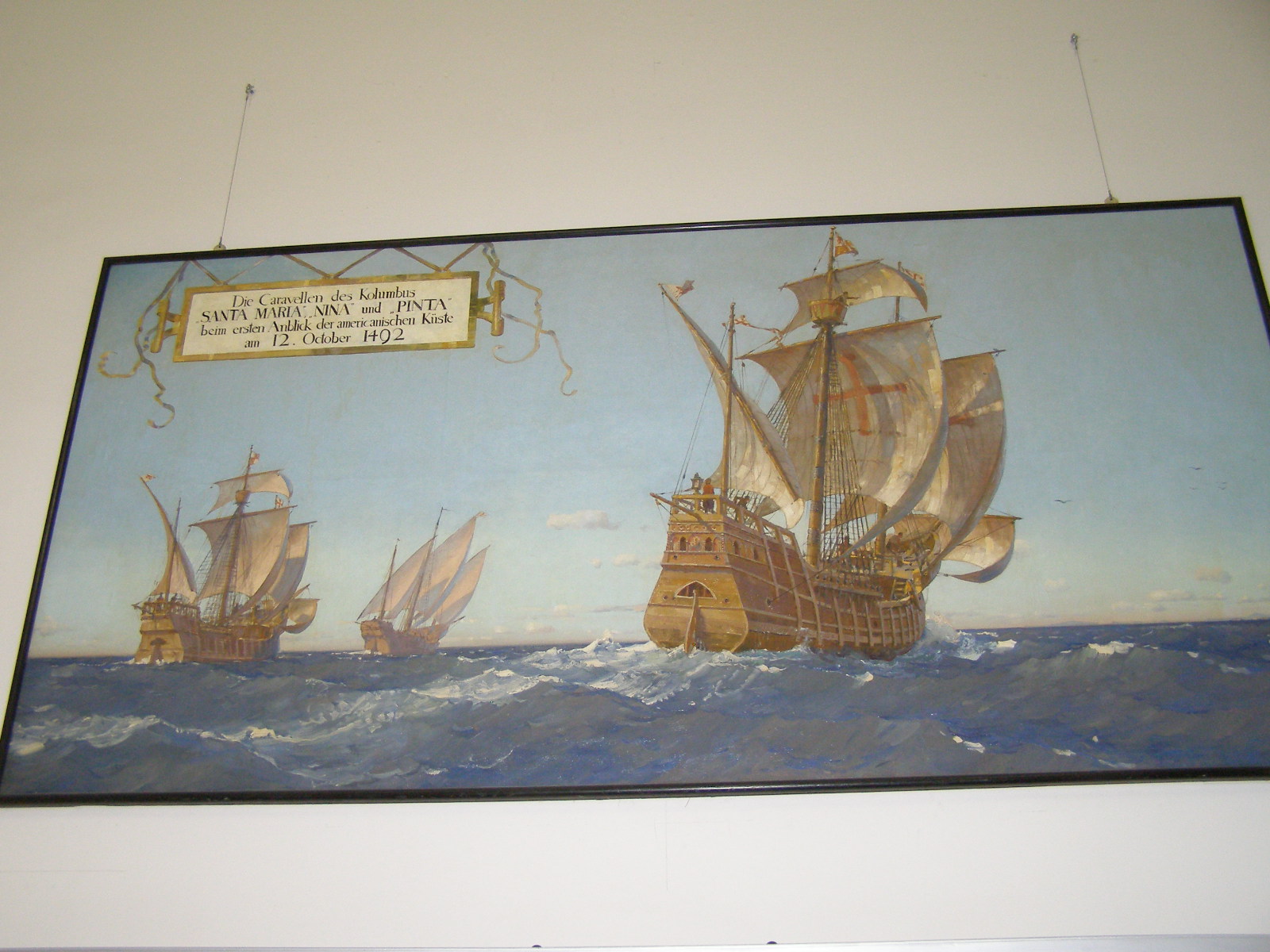
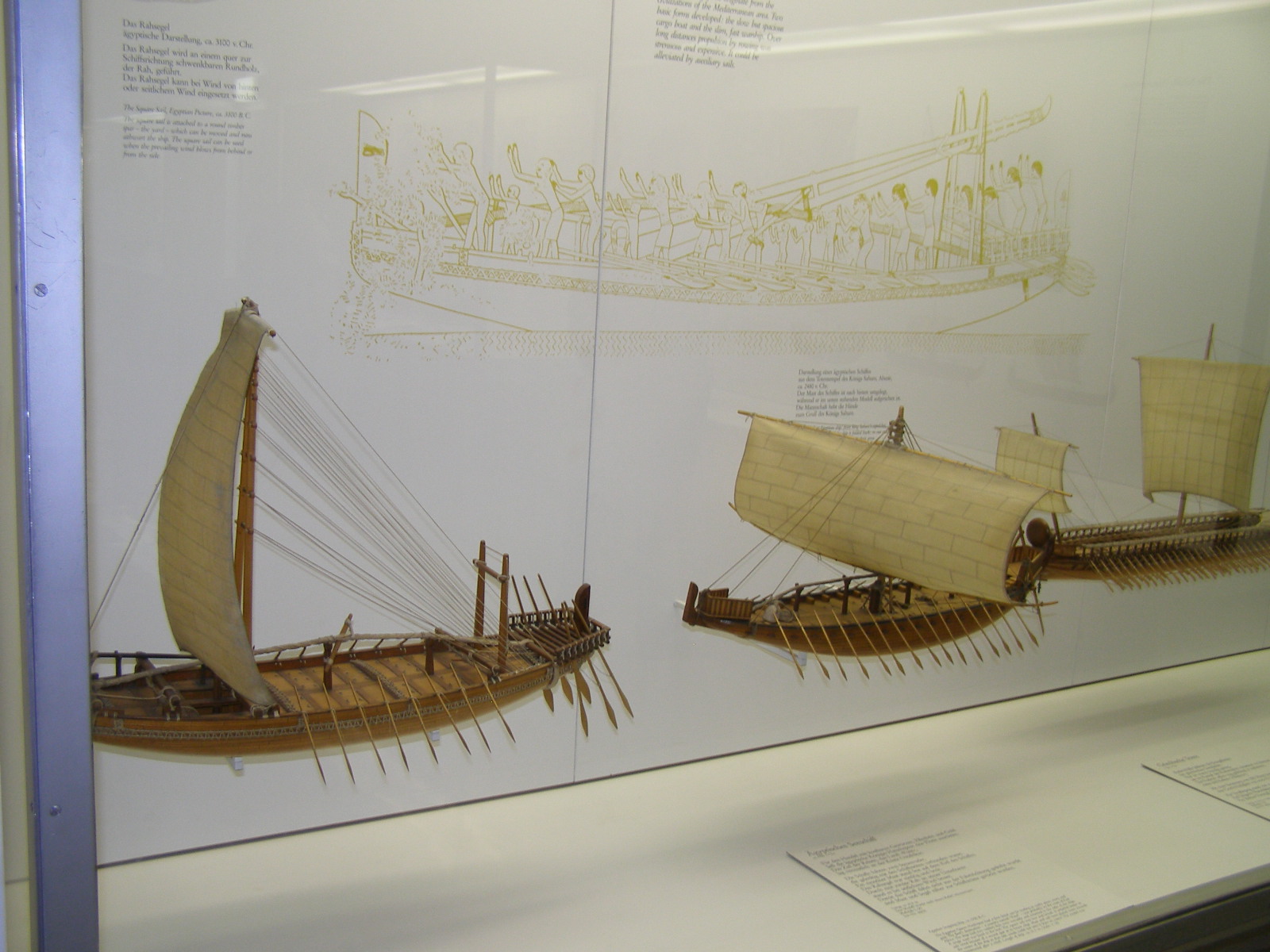
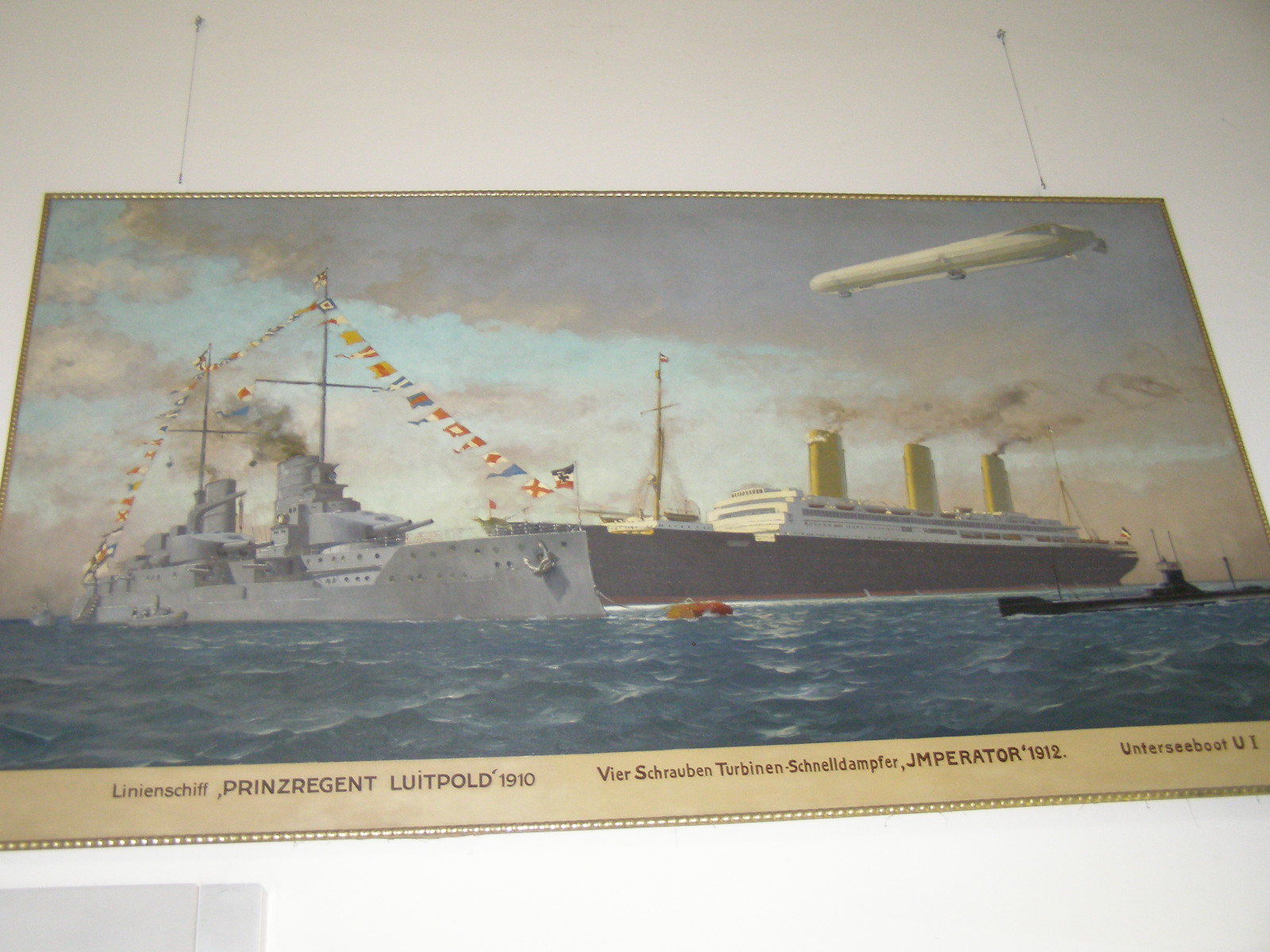
Slikal in sestavil: Zorko Vičar
Ljubljana, 27. maj 2008
E-MAIL: zorko.vicar@guest.arnes.si
Nazaj na domačo
stran.
